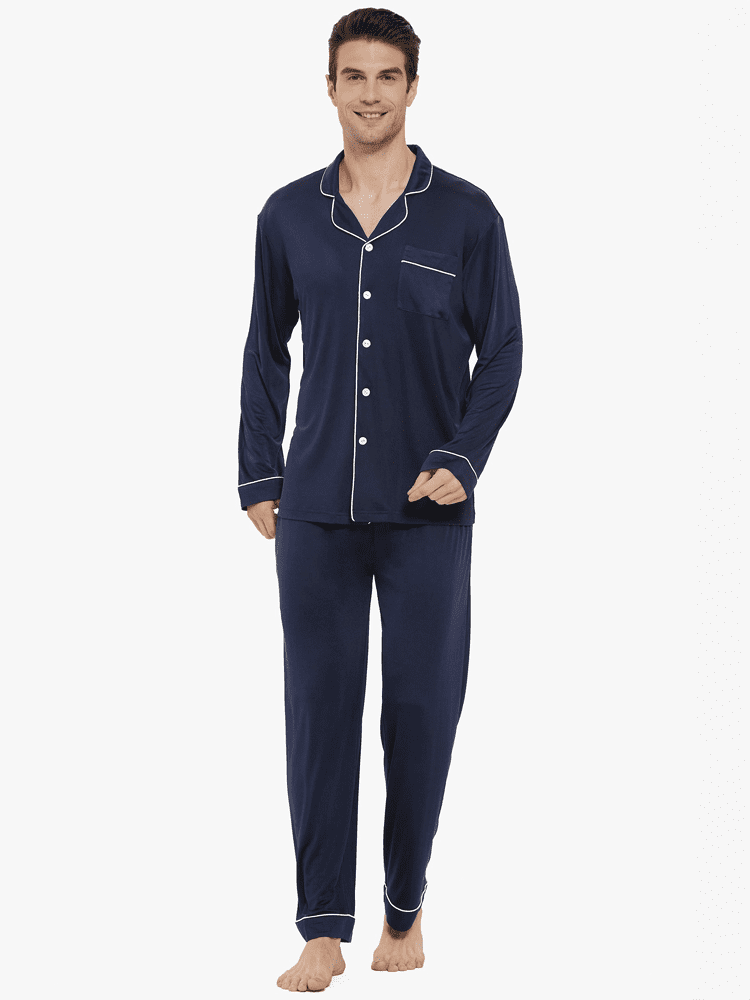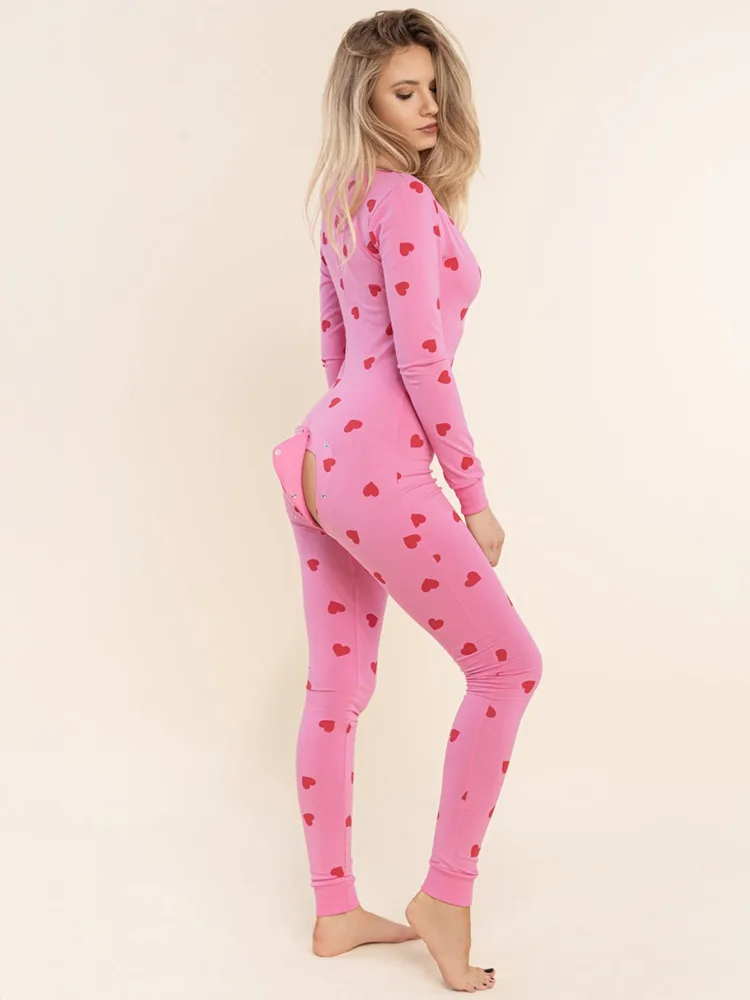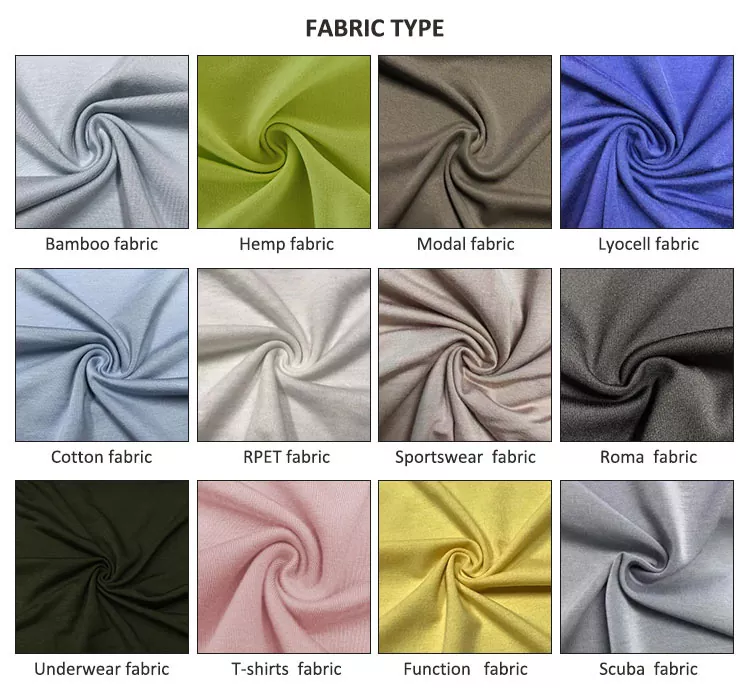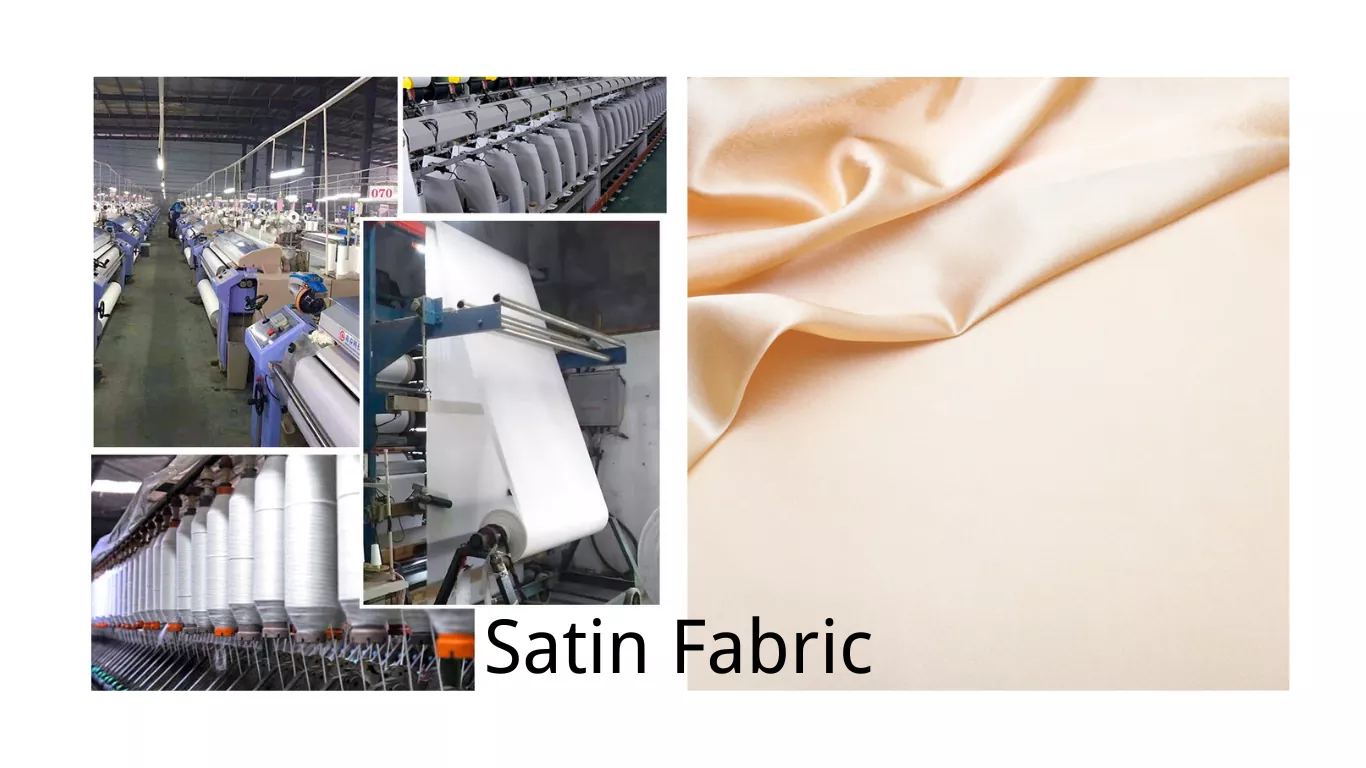ファッション製造:クリエイティビティと業界の専門知識の融合
Honing the artistry in the fashion world transcends the mere creation of designs. It necessitates a profound understanding of the industry’s mechanics, primarily the process involved in ファッション製造. The collaboration between fashion manufacturers and designers plays an integral role in realizing a creative vision and transforming it into a physical, wearable form. This shared endeavor constitutes a fascinating intersection of creativity and practicality which forms the backbone of the fashion industry.
For instance, fashion manufacturers in Los Angeles and Italian fashion manufacturers are renowned for their superior craftsmanship and acute attention to detail, pivotal in the progressive manufacturing fashion process. Understanding such nuances in manufacturing techniques and industry-specific knowledge is intimately tied to the designers’ creative process. The complexities and demands of the fashion manufacturing industry need to resonate with every fashion artist. It paves the way in achieving a union of creative designs and their subsequent realization into tangible pieces of clothing- a marriage of art and industry.
The Role of Creativity in Clothing Production
Creativity plays a crucial role in 衣料品製造, from conceptual designs to the final output. It isn’t simply about sketching a beautiful garment; it’s about envisioning a piece that is not only aesthetically pleasing but also producible and marketable. This is where fashion manufacturing becomes an invaluable aspect of the equation. Fashion manufacturing involves turning design ideas into tangible, wearable items. It’s the meeting point where the inspiration behind a design is translated into a product that can be produced in quantity, without losing the original vision.
Fashion manufacturing companies, such as prominent Chinese fashion manufacturers, have a significant part to play in the creative process. They act as catalysts, transforming sketches into tangible products, while maintaining the economic feasibility of mass production. These companies have a profound understanding of the balance needed between artistic freedom and production restrictions. Ethical fashion manufacturing is another crucial aspect. Nowadays, fashion apparel manufacturers are not just expected to produce quality garments, they’re also tasked with ensuring that their processes are ethical and sustainable. It’s an added layer to the complexity of the task for fashion clothing manufacturers, but it also presents an opportunity for innovation and distinguishing their brand on the market.
In conclusion, the role of creativity in clothing manufacturing isn’t limited to the design process. It extends far beyond, influencing all stages of production, from the selection of fabrics to the final manufacturing processes. It’s about creating a product that resonates with consumers but also respects the limitations and demands of industrial production. From the original sketch to the final product, every stage of the process requires a deep understanding of both the artistic and industrial aspects of fashion.
The Importance of Expertise in the Garment Industry

In the realm of fashion, the role of knowledgeable and experienced manufacturers cannot be overstated. These individuals, with their unwavering expertise and deep understanding of the complexities of garment creation, play a pivotal role in translating the artistic vision into wearable reality. Whether it’s about fashion manufacturers in NYC, near me, or across the world in China, their mastery of the intricate procedures of fashion manufacture is what ultimately gives life to the sketches and swatches of designers.
In the fashion industry, manufacturing precision is as crucial as design innovation, and understanding this establishes the importance of expertise in the garment industry. Fashion manufacturers in the USA, for instance, utilize their industry knowledge to optimize production efficiency without compromising the artistic integrity of the designs. Similarly, fashion manufacturers in China leverage their vast resources and technical proficiency to provide high-quality garments that reflect the creativity of the designers. Thus, the invaluable expertise of these manufacturers is the backbone of the fashion industry, ensuring the successful execution of creative visions.
Balancing Artistic Vision with Manufacturing Realities
The world of fashion remains at the crossroads of creativity and industry, demanding an intricate balance between unique designs, material feasibility, and manufacturing conditions. It is particularly true within the scope of on-demand fashion manufacturing where the manufacturing process must harmonize seamlessly with the ideas and visions of designers. Simultaneously, the urgent nature of fast fashion manufacturers calls for an efficient and rapid transformation of artistic vision into tangible apparel – a dance that demands strategic planning, foresight, and adept comprehension of both realms.
Key players in fast fashion manufacturing countries like China, Bangladesh, and Indonesia are constantly working towards a streamlined symbiosis between design and production stages. This has brought to light the profound impact of the fast fashion manufacturing process on the way designers conceive their collections. Four seasons fashion manufacturing, for instance, is a cycle that compels designers to vigilantly align their creativities with industrial realities, resulting in aesthetically pleasing yet industry-compliant outlines. As such, the process oscillates ceaselessly between fueling creative autonomy and ducking under the constraints of production practicalities, forming the beat of the dynamic fashion industry.
Innovative Design and Its Impact on the Production Process
In the fast-paced world of high-end fashion manufacturing, innovative design serves as the backbone of every successful collection. A clear representation of this is seen with ‘Four Seasons Fashion Manufacturing Inc’, a globally renowned luxury fashion manufacturer. Their ability to constantly create groundbreaking designs has not only enhanced their brand image but also significantly influenced their production processes.
High fashion manufacturers, such as ‘New York Fashion Manufacturers’ and ‘OEM Fashion Manufacturer’, have harnessed the power of innovative design to streamline their production process. They utilize forward-thinking design elements to simplify assembly processes, reduce waste, and enhance overall product quality. The notion that groundbreaking design will invariably involve complex production processes is steadily being debunked, highlighting the influence of innovative design on production in the garment industry.
How Industry Knowledge Shapes Creative Execution

Gaining inside industry knowledge is critically important in the realm of on demand fashion manufacturing. The dynamic, fast-paced nature of fashion industry requires designers to stay ahead of trends while maintaining a keen understanding of production capabilities. A thorough understanding of the intricacies involved in on demand manufacturing fashion channels, from fabric selection to cutting patterns, can empower designers to create pieces that are not only stylish and unique, but also feasible and efficient to produce.
Moreover, the movement towards sustainable fashion manufacturing is now more pronounced than ever. Designers familiar with the operations of sustainable fashion manufacturing companies are better positioned to integrate ethical practices into their creative processes. This in-depth perspective of where fast fashion is manufactured aids them to make informed decisions on sourcing materials and embracing environmentally-friendly techniques. In addition, collaborating with private label fashion manufacturers can allow designers to leverage their industry expertise, fostering original collections that mirror both their artistic vision and the prevailing market trends.
The Synergy between Creative Design and Production
In the realm of women’s fashion manufacturing, it becomes imperative to infuse creative design strategies with production methodologies to foster an environment of innovation and sustainability. Moreover, wholesale fashion manufacturers need to take into account the significance of their role in defining trends, setting industry standards, and forwarding the frontiers of fashion. It’s a dance of balance and timing, where the understanding and incorporation of creative design elements bring new life to the production process, stimulating growth, competitiveness, and market demand.
Turn to Australian fashion manufacturers, their unique approach to amalgamating creative concepts with industry-centered perspectives is inspiring. Their emphasis on teaming up designers with fashion accessories manufacturers in China benefits from a shared vision, thereby enabling a seamless transition from sketch to product. Likewise, fashion accessory manufacturers in the USA are leveraging their fashion accessories manufacturing capabilities to support and enhance the design process. By aligning their technical skills with the creative visions of designers, they succeed in turning concepts into tangible, market-ready products. This synergy between creative design and production in the clothing industry epitomizes the successful interplay of artistry and industry knowledge.
• The first step in the synergy between creative design and production is understanding the importance of a balanced approach. This involves recognizing and appreciating the critical role that wholesale fashion manufacturers play in setting industry trends, establishing standards, and pushing forward fashion boundaries.
• Secondly, it’s about fostering an environment of innovation and sustainability by integrating creative design strategies with efficient production methodologies. This not only stimulates growth but also enhances competitiveness while keeping up with market demand.
• A perfect example of this synergy can be seen in Australian fashion manufacturers. Their unique approach involves combining innovative concepts with industry-focused perspectives to inspire new designs.
• They emphasize on collaboration between designers and fashion accessories manufacturers in China to ensure a shared vision. Such partnerships enable smooth transitions from sketches to final products – a process that significantly benefits from their combined expertise.
• Fashion accessory manufacturers in the USA are also leveraging their manufacturing capabilities to support and enhance the design process. By aligning technical skills with designers’ creative visions, they manage to turn abstract ideas into tangible, market-ready products.
• Ultimately, this synergy between creative design and production goes beyond just creating clothes; it represents a successful interplay of artistry mixed with industrial knowledge—an amalgamation that defines success within contemporary women’s fashion manufacturing.
Navigating the Challenges between Concept Development and Execution
Developing a concept in the fashion sector extends beyond mere creative elements; it quests for a correlation between an artistic vision and the practical limitations imposed by the manufacturing process. Several fashion garments manufacturers, especially in metropolitan cities like San Francisco known for its rich history in fashion apparel manufacturing, often encounter this conundrum. While it is critical to stay true to an original idea, it’s equally important to understand that not every aspect of a design can be successfully translated into a market-ready product. The process demands a fine balance – an acknowledgment of design limitations that often come with mass production, without hampering the creative essence of the product.
Exploring this balance, however, can be a boon rather than a bane. Fashion industry manufacturers can use this challenge as an opportunity to merge creativity with practicality, leading to innovation not just in design, but also in production methods. High fashion clothing wholesale manufacturers frequently adapt to the swift changes in market dynamics, consumer preferences, and technological advancements. Implementing these changes in the fashion industry manufacturing process requires a detailed understanding of both creative design and technical know-how. This is where the industry expertise comes into play, leading to a production process that is not only efficient but also conducive to the realization of the creative vision.
The Influence of Industry Expertise on Creative Freedom

Diverse market dynamics govern fashion manufacturing, influencing how creative freedom is expressed in the industry. Industrial knowledge, particularly about experienced fashion line manufacturers, significantly contributes to this creative liberty. As familiar faces in the industry, both fashion manufacturers UK and fashion manufacturers Australia have demonstrated that a deep understanding of manufacturing processes can facilitate the exploration of bold and innovative design ideas.
On the other hand, numerous fashion manufacturing companies near me have proven that the knowledge of local market trends and requirements can foster creative innovation. This collaboration is seen in fashion manufacturers China as well; their ability to comprehend intricate design requirements while ensuring efficiency and quantity in manufacturing is a testament to their industry expertise. The intermingling of such expertise with creative freedom is not just limited to these areas; it extends globally to fashion manufacturers in the UK and beyond, underlining the importance of maintaining a balance between creative design and industry comprehension.
Striking a Balance: The Interplay of Creativity and Industry Knowledge in Clothing Production
In the realm of clothing production, the interplay of creativity and industry knowledge serves a pivotal role in striking a successful balance. Creativity serves as the starting point for any fashion concept, defining the course of design, material selection, and aesthetics. This element of originality and innovation is only rendered functional when merged with intrinsic industry knowledge. Insight into the practical aspects of clothing production, such as material constraints, manufacturing techniques, market trends, and cost implications, can shape a creative concept into a tangible, marketable product.
On the other end of the spectrum, industry knowledge becomes a canvas on which creative ideas are projected. It is this spectrum of skills that allows for the creation of clothing that is not just wearable art, but also aligns with the standards of the industry and meets the demands of the consumer market. This symbiotic relationship between creativity and industry knowledge does not just facilitate the effective execution of ideas, but it also stimulates innovative solutions, fostering a dynamic and ever-evolving fashion industry.
よくあるご質問
What does the interplay of creativity and industry knowledge mean in the context of clothing production?
In the context of clothing production, the interplay of creativity and industry knowledge refers to the balance between innovative, artistic design and the practicalities of manufacturing. It highlights the importance of both original, imaginative concepts and a deep understanding of the garment industry’s requirements and constraints.
How does creativity play a role in clothing production?
Creativity in clothing production primarily takes the form of innovative design. This involves conceptualizing new and unique ideas for garments, considering factors such as aesthetics, trends, and wearer comfort. Creativity also extends to problem-solving during the production process, finding ways to bring the artistic vision to life within budget and manufacturing constraints.
Why is industry knowledge critical in the garment industry?
Industry knowledge in the garment industry is crucial because it influences the practical execution of creative ideas. It encompasses understanding materials, production techniques, machinery, cost management, and industry trends. Without this understanding, even the most creative designs can fail to become viable products.
How can one balance artistic vision with manufacturing realities in clothing production?
Balancing artistic vision with manufacturing realities requires a keen understanding of both design and production processes. It involves creating designs that are not only aesthetically pleasing but also feasible to produce within budget, time, and resource constraints. Regular communication between the design and manufacturing teams is essential to ensure that the creative vision aligns with production realities.
What impact can innovative design have on the production process?
Innovative design can significantly influence the production process. It can introduce new production techniques, use of materials, or garment structures that may require special machinery or skills. While this can initially pose challenges, it can also lead to advancements in production methods and industry growth.
How does industry knowledge shape creative execution in clothing production?
Industry knowledge helps designers understand the possibilities and limitations of clothing production, directly shaping how they execute their creative ideas. It allows them to foresee potential production challenges at the design stage, enabling them to devise solutions or make design modifications to ensure efficient production.
Can you describe the synergy between creative design and production?
The synergy between creative design and production lies in their interdependence. An effective design process needs to consider production limitations, while the production process must adapt and evolve to realise innovative designs. This synergy ensures the creation of garments that are both aesthetically pleasing and viable for mass production.
What are some challenges in moving from concept development to execution?
Some challenges include translating a design from a sketch to a physical product, sourcing the right materials, managing production costs, and adhering to timelines. Other challenges could involve technical limitations in manufacturing or quality control issues.
How does industry expertise influence creative freedom in clothing production?
Industry expertise can both enhance and limit creative freedom. On one hand, understanding the intricacies of production processes can open up new avenues for creativity by presenting new techniques or materials. On the other hand, practical limitations like cost, time, or manufacturing capabilities can sometimes restrict creative exploration.
How can a balance be struck between creativity and industry knowledge in clothing production?
Striking a balance involves a mutual understanding and respect between the design and production teams. It requires open communication, willingness to compromise, and adaptability. While designers must be aware of production realities, producers should also be open to innovation and change to realise creative visions. Education and ongoing learning for both parties are also key to maintaining this balance.




